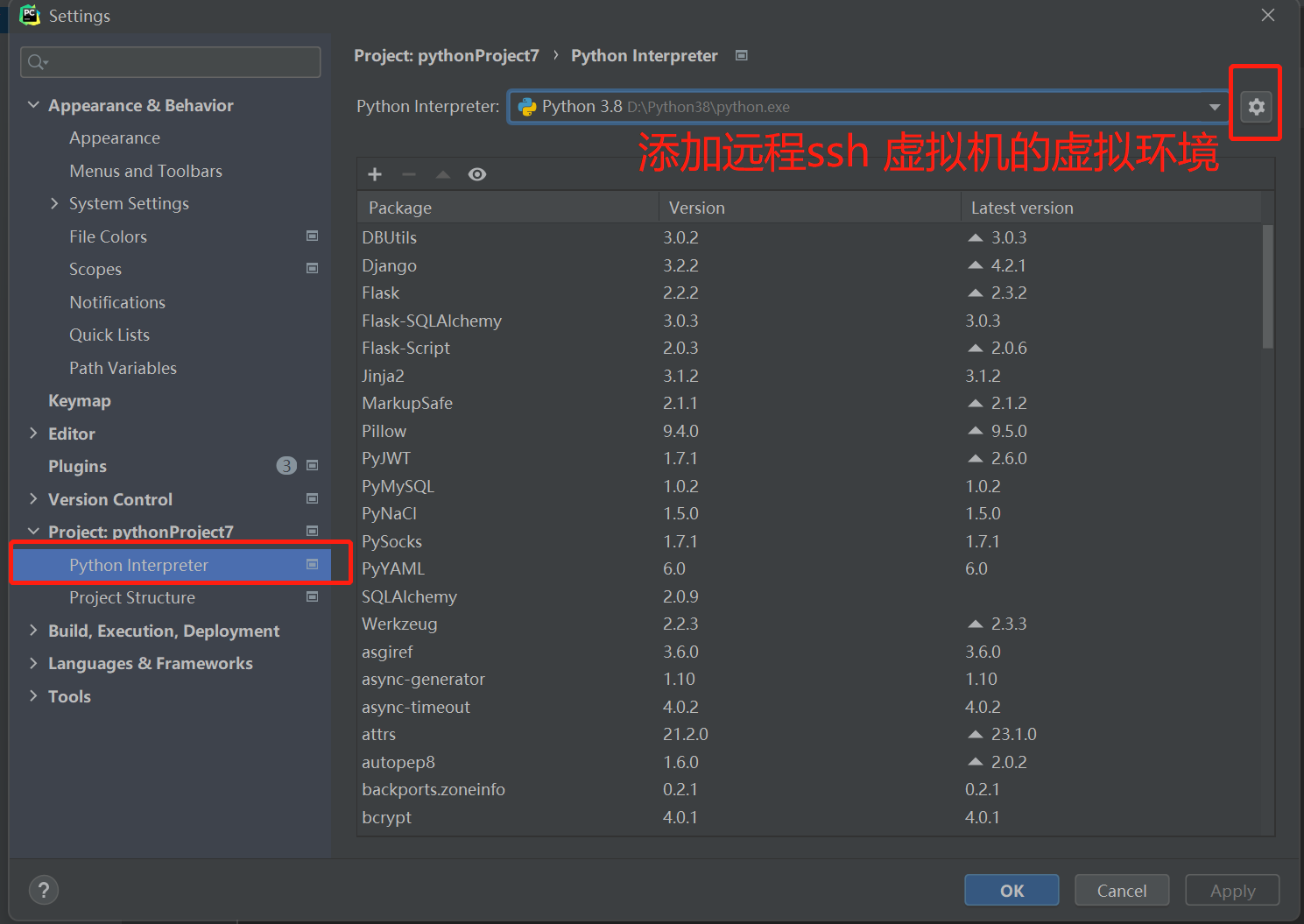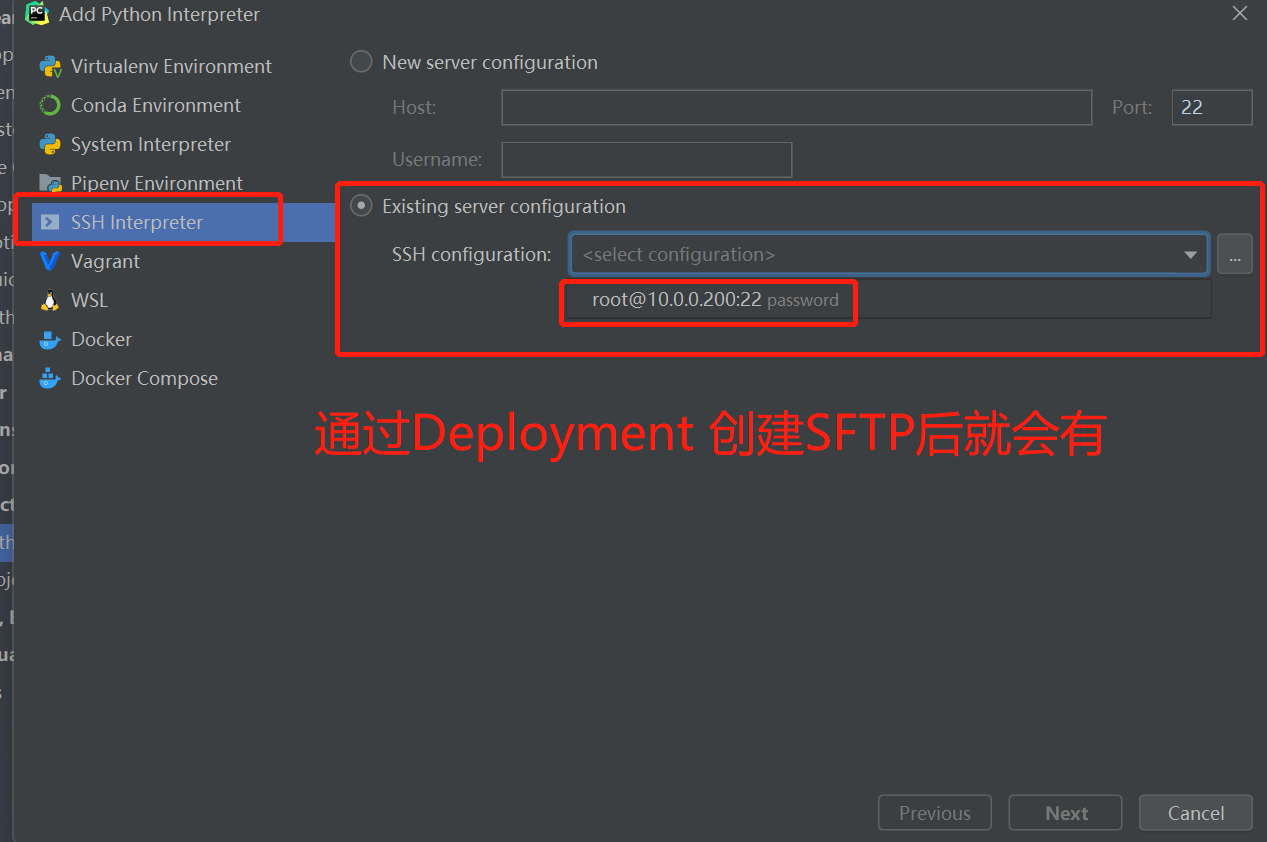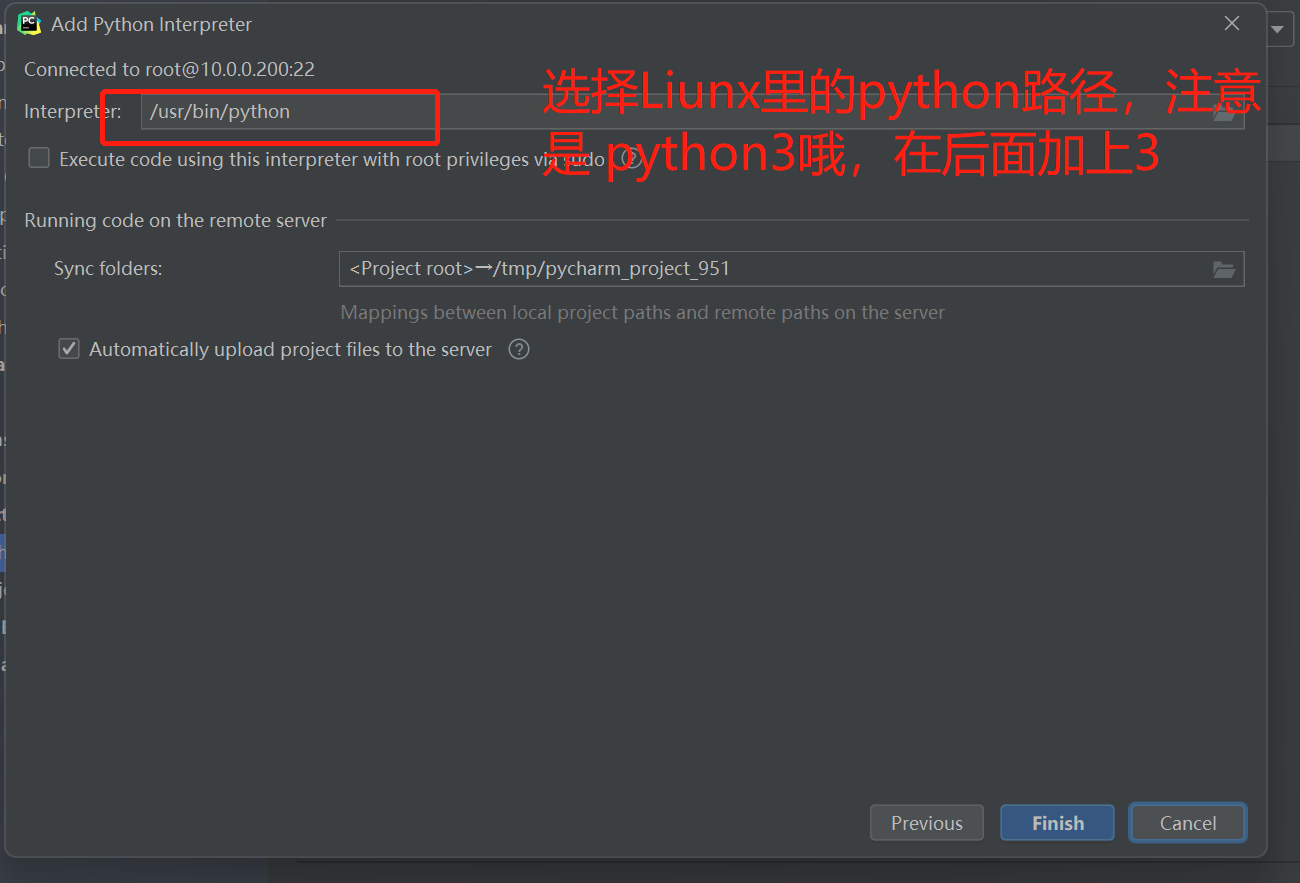RPC,远程连接Linux开发
RPC
指远程过程调用
eg:
两台服务器,A ,B, A想要调用B服务器上的应用的函数或方法,但是他两不在一个内存空间,不能直接调用,需要通过网络来表达调用的语义和传达调用的数据,只要调用成功这就称为RPC调用.
主要应用在 分布式系统当中与微服务。
由于计算能力需要横向扩展,需要在多台机器组成的集群上部署应用,可以在不同语言中调用。
集群与分布式的区别
集群: 在多台机器上部署一个项目
分布式: 在多台机器上部署多个服务组成一个项目
常见的RPC框架
dubbo Java上用的只支持java与java通信
gRpc 谷歌开源的,支持跨语言。用go写的通过python来调用
python实现RPC
SimpleXMLRPCServer python自带的模块
ZeroRPC 第三方模块
SimpleXMLRPCServer实现
server.py
from xmlrpc.server import SimpleXMLRPCServer
# 通信格式使用xml
class RPCserver(object):
def __init__(self):
super(RPCserver,self).__init__()
print(self)
self.send_data = 'lxj nb'
self.recv_data = None
def getObj(self):
print('get_obj')
return self.send_data
def sendObj(self,data):
print('send_obj')
self.recv_data = data
print(self.recv_data)
server = SimpleXMLRPCServer(('localhost', 8080),allow_none=True)
server.register_introspection_functions()
server.register_instance(RPCserver())
# 启动服务监听函数
server.serve_forever()
client.py
import time
from xmlrpc.client import ServerProxy
def xmlrpc_client():
print('xmlrpc_client')
c = ServerProxy('http://localhost:8080')
res = c.getObj()
print(res)
res1 = c.sendObj('lxj sgdsb')
print(res1)
# 案例
# data = 'lxj nb'
# start=time.time()
# for i in range(500):
# a=c.getObj()
# print(a)
# for i in range(500):
# c.sendObj(data)
# print(time.time()-start)
if __name__ == '__main__':
xmlrpc_client()
ZeroRPC来实现
比SimpleXMLRPCServer 速度快,本质是用了一个消息队列
server.py
import zerorpc
class RPCServer(object):
def __init__(self):
super(RPCServer, self).__init__()
print(self)
self.send_data = 'lqz nb'
self.recv_data = None
def getObj(self):
print('get data')
return self.send_data
def sendObj(self, data):
print('send data')
self.recv_data = data
print(self.recv_data)
# zerorpc
s = zerorpc.Server(RPCServer())
s.bind('tcp://0.0.0.0:4243')
s.run()
client.py
import zerorpc
import time
# zerorpc
def zerorpc_client():
print('zerorpc client')
c = zerorpc.Client()
c.connect('tcp://127.0.0.1:4243')
data = 'lqz nb'
start = time.time()
for i in range(500):
a=c.getObj()
print(a)
for i in range(500):
c.sendObj(data)
print('total time %s' % (time.time() - start))
if __name__ == '__main__':
zerorpc_client()
rabbitMQ实现RPC
Client.py
import pika
import uuid
class FibonacciRpcClient(object):
def __init__(self):
credentials = pika.PlainCredentials("admin", "admin")
self.connection = pika.BlockingConnection(pika.ConnectionParameters('10.0.0.101', credentials=credentials))
self.channel = self.connection.channel()
# 随机生成一个消息队列(用于接收结果)
result = self.channel.queue_declare(queue='', exclusive=True)
self.callback_queue = result.method.queue
# 监听消息队列中是否有值返回,如果有值则执行 on_response 函数(一旦有结果,则执行on_response)
self.channel.basic_consume(queue=self.callback_queue, on_message_callback=self.on_response, auto_ack=True)
def on_response(self, ch, method, props, body):
if self.corr_id == props.correlation_id:
self.response = body
def call(self, n):
self.response = None
self.corr_id = str(uuid.uuid4())
# 客户端 给 服务端 发送一个任务: 任务id = corr_id / 任务内容 = '30' / 用于接收结果的队列名称
self.channel.basic_publish(exchange='',
routing_key='rpc_queue', # 服务端接收任务的队列名称
properties=pika.BasicProperties(
reply_to=self.callback_queue, # 用于接收结果的队列
correlation_id=self.corr_id, # 任务ID
),
body=str(n))
while self.response is None:
self.connection.process_data_events()
return self.response
fibonacci_rpc = FibonacciRpcClient()
response = fibonacci_rpc.call(9)
print('返回结果:', response)
server.py
import pika
credentials = pika.PlainCredentials("admin","admin")
connection = pika.BlockingConnection(pika.ConnectionParameters('10.0.0.101',credentials=credentials))
channel = connection.channel()
# 声明一个队列rpc_queue
channel.queue_declare(queue='rpc_queue')
def fib(n):
if n == 0:
return 0
elif n == 1:
return 1
else:
return fib(n - 1) + fib(n - 2)
def on_request(ch, method, props, body):
n = int(body)
print(" [.] fib(%s)" % n)
response = fib(n)
ch.basic_publish(exchange='',
routing_key=props.reply_to,
properties=pika.BasicProperties(correlation_id = \
props.correlation_id),
body=str(response))
ch.basic_ack(delivery_tag=method.delivery_tag)
channel.basic_qos(prefetch_count=1)
channel.basic_consume(queue='rpc_queue', on_message_callback=on_request)
print(" [x] Awaiting RPC requests")
channel.start_consuming()
远程连接lunux开发
linux开发 linux部署
-
在电脑上直接装ubuntu
- 在电脑上转虚拟机 ,虚拟机装ubuntu 在ubuntu开发
3. 电脑装win 然后装centos虚拟机, 在电脑上的windows系统远程连接centos开发。
- 在电脑上转虚拟机 ,虚拟机装ubuntu 在ubuntu开发
pycharm操作步骤
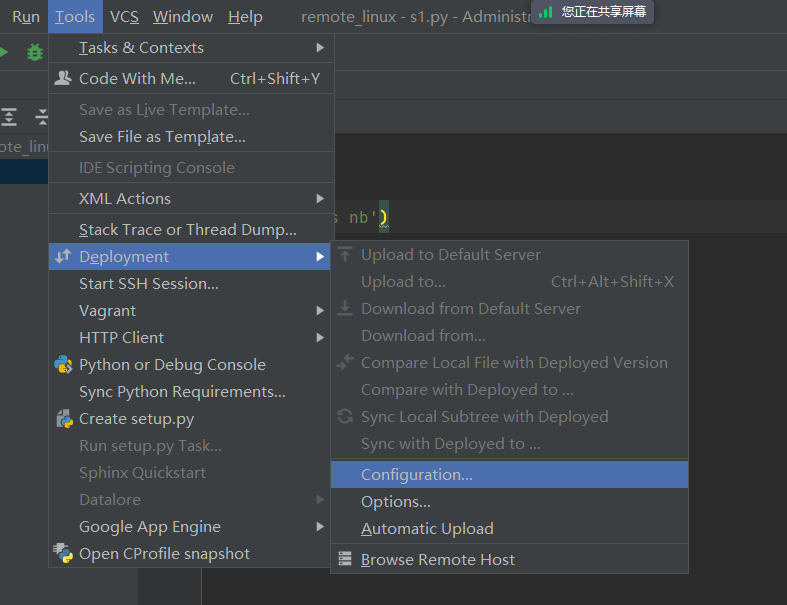
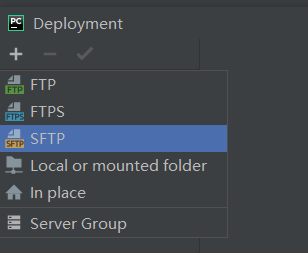
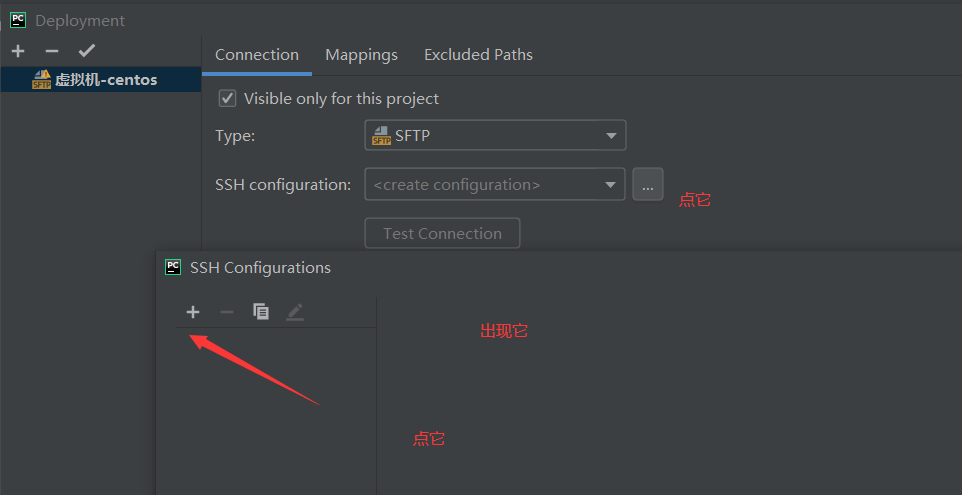

进去以后填写Linux的账号密码
然后就可以写代码啦,写好了之后可以更新到Linux里
可以直接用Linux的python环境来开发
